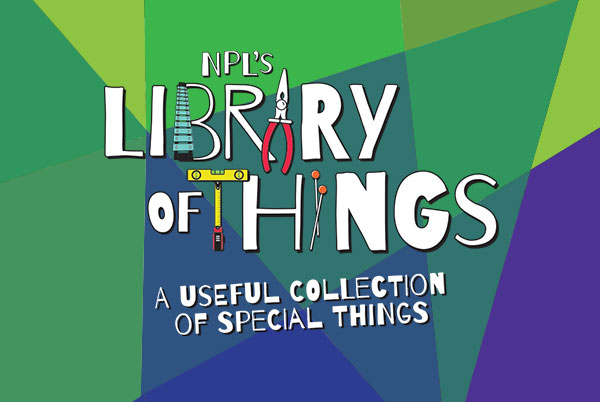
Whether his reading public had a full and easy appreciation of his vocabulary or if they had to, like me, keep a dictionary handy when reading him, I’m unsure. Either way, I always find reading Hawthorne well worth the effort, even if I sometimes balk at his editorial intrusions and use of the “we” that assumes and affirms intimacy with the reader, when the reader would rather, perhaps, be reading alone.
That said, this is a great story. The reader is introduced to Hepzibah Pyncheon, one of the great female protagonists of American literature, depending upon the critic the reader might choose to read in order to come to a better understanding of both her and the novel. A very positive creature with endearing and redeeming qualities held inside one of the most unpromising physical personae imaginable—old and bent, with a permanent scowl that resulted from a lifetime of bad eyesight, she might have been a witch in another story. Here, we see her ascend to the rank of heroine and feel glad, at the end, that we have been introduced to her.
As a haunted house story, this one lacks the nocturnal knockings and faraway screams of its more Victorian literary counterpart, but the story begins with a curse and follows through successive generations the poisoned promise of harm to the Pyncheon family, whose ancestral home is the locus for the story. The question of how an ancestral house becomes perceived to be evil in and of itself is raised in this story, as well as in Shirley Jackson’s The Haunting of Hill House.
The plot is rife with hints and foreshadowings and references to a foggy and unhappy past event that shape the reader’s understanding of the story, which is not complete until the end of the book. Unlike The Scarlet Letter, with its protracted denouement and long gaze into Hester Prynne’s future, The House of the Seven Gables is wrapped up in a few quick pages, the climax and denouement being sudden and surprising.
A great plus in the Signet Classics l50th Anniversary edition is an afterword by Brenda Wineapple that sheds some additional light on the story itself as well as its literary history. It is a genial way to end this book and put the story to rest.




